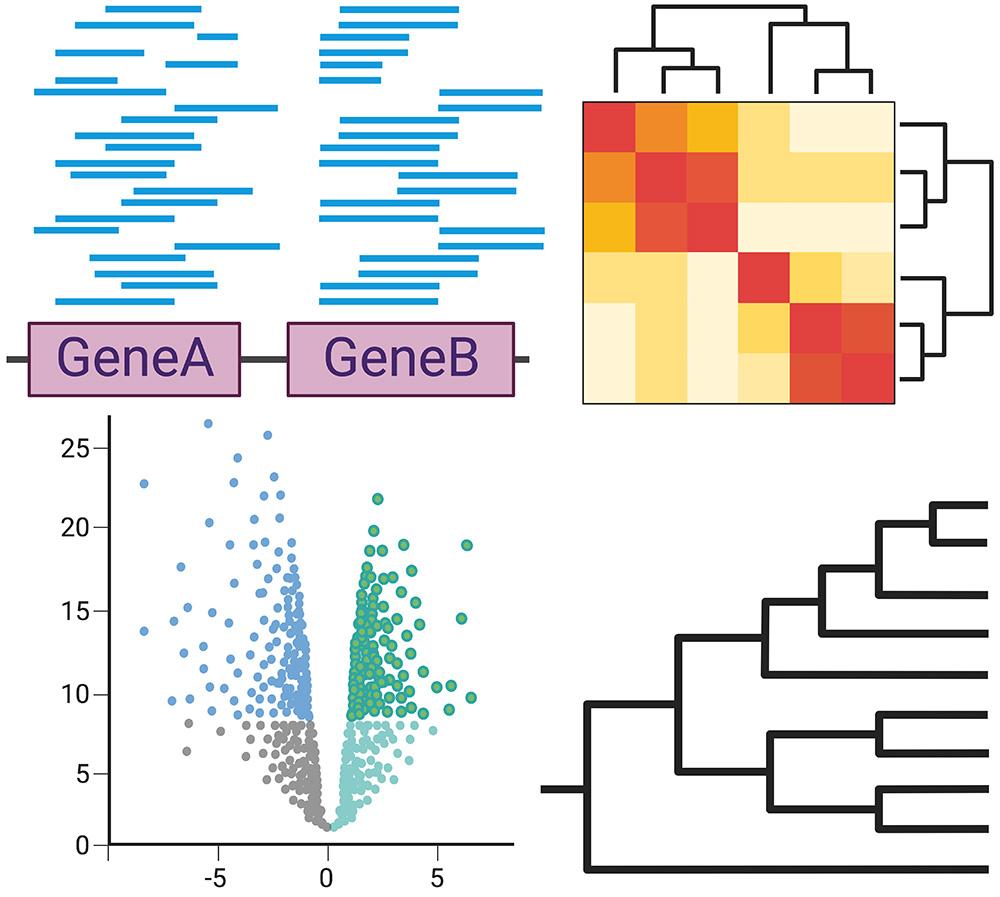Our group
Genomes encode information that has significant effects on pathogen infection, viral transmission and host responses. This operates at two levels: the virus and the host.
To understand the genetic components of these phenomena, we assemble, compare and develop viral genomes to resolve their origins, spread, mixing and adaptation to new environments. And we model host immune changes in response to infection and link these to virus features to understand different treatment outcomes.
Our aims
Our main aim is to improve genomic and multi-omic methods applied to infected hosts and their viruses.
Examining both virus and host ‘omics, paves the way for more effective disease management strategies based on the genetic basis of disease resistance, unravelling transmission patterns and documenting viral ancestry.
This includes:
- Pangenome variation graph construction for key viruses affecting livestock: these serve as database-like representations of genetic diversity.
- Virus evolution using comparative and population pangenomics: this gives us insights into how viruses evolve, spread, and interact with their hosts over time and across regions
- Developing task automation to compare of virus pangenome variation graphs: this enables efficient exploration and interpretation of complex genomic data.Our research
Our research
Current work includes:
- constructing pangenome variation graphs for major viruses of livestock
- informing virus evolution using comparative and population pangenomics
- creating tools automating virus pangenome variation graph construction, analysis and comparison
- improving poxvirus gene annotation to understand their genome evolution, and applying this more widely to dsDNA viral genomes
- identifying viral mutations affecting primer design and amplification
- supporting virus genomics projects and host transcriptome profiling
Our impact
Understanding virus genomes plays a crucial role in identifying major viral lineages, tracking their geographical distribution, and swiftly isolating key emerging variants during outbreaks. This knowledge can improve diagnostic assays, as mutations within critical genomic regions directly impact their effectiveness.
Moreover, understanding viral genomes provides valuable insights into transmission patterns and informs the efficacy of existing vaccines and interventions.
By linking this genomic data to host immune profiles and phenotypes, we can consider how livestock withstand infection, respond to vaccination, and encounter rates of coinfection. It lets us explore disease dynamics, aiding the development of targeted mitigation strategies.



